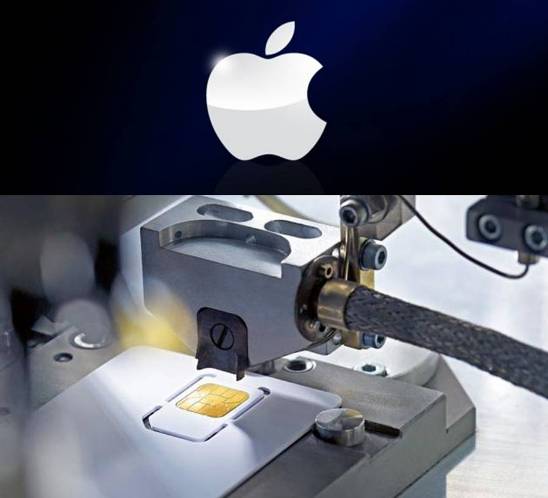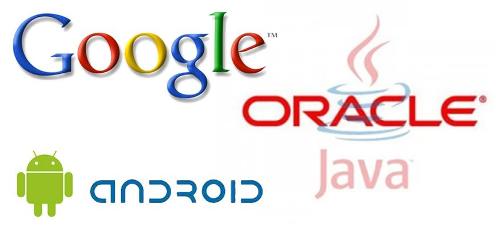 In the cell-phone space (and the broader category of the evolving mobile-device area), such changes can occur rapidly, toppling incumbent leaders for enterprising contenders. Look at the wreckage left on the side of the road in the tablet wars – HP, RIM, and others couldn’t flip the switch for mass adoption due to Apple’s lock-in of the app ecosystem and design standards, largely bolstered by strong IP management combined with an effective IP strategy. To think, Apple was just a contender not too long ago – a latecomer to the party at the dawn of MP3 technology. Of course, that doesn’t mean the game is over – certainly not. The coordinating efforts of Google and Samsung in providing an attractive software/hardware combination are a one-two punch that challenges Apple’s hegemony as the de facto king of the mobile turf.
In the cell-phone space (and the broader category of the evolving mobile-device area), such changes can occur rapidly, toppling incumbent leaders for enterprising contenders. Look at the wreckage left on the side of the road in the tablet wars – HP, RIM, and others couldn’t flip the switch for mass adoption due to Apple’s lock-in of the app ecosystem and design standards, largely bolstered by strong IP management combined with an effective IP strategy. To think, Apple was just a contender not too long ago – a latecomer to the party at the dawn of MP3 technology. Of course, that doesn’t mean the game is over – certainly not. The coordinating efforts of Google and Samsung in providing an attractive software/hardware combination are a one-two punch that challenges Apple’s hegemony as the de facto king of the mobile turf.
So what about Apple’s gripe over the playing rules for FRAND deals? The tilted tables that Apple feels it is playing on is forcing them to aggressively pursue patent litigation in numerous jurisdictions against multiple players like Samsung and Motorola. This is in addition to the binding of the hands that Apple has been subject to in the form of injunctive relief such as by Motorola on the sale of iPhones in Germany. In most of the lawsuits involving Apple as well as others, the crux of the matter is whether the terms the party received in licensing deals, or that were offered to others, were FRAND or not.
Case in point, in US patent litigation between Apple and Motorola, Apple filed a declaratory judgment action against Motorola, asserting that Motorola breached its FRAND obligations to ETSI in seeking the previously-mentioned injunction from the German court. Qualcomm, Apple’s supplier for GPRS-based communication chips used in the iPhone, had previously licensed similar technology from Motorola based on FRAND terms which included a covenant not to sue Qualcomm’s customers (such as Apple) for using Qualcomm’s chips.
However, Motorola contends that Apple is not protected by immunity under the Qualcomm license due to Apple’s enforcement of other patents against Motorola, setting in motion the “defensive suspension” provisions of the Qualcomm license. Nevertheless, Apple is essentially alleging that either Motorola’s revocation of Apple’s rights under the Qualcomm license, or its patent enforcement against Apple in Germany, breaches Motorola’s FRAND obligations to ETSI.
So, does Apple have designs on monopoly? Of course – that is part and parcel of the rules of engagement for disclosing inventions to the public in exchange for obtaining enforceable, exclusive IP rights. Apple is only exercising those rights in its IP management, albeit in an aggressive way on a large scale. So, perhaps this is why the issue has garnered so much attention – the fact that we have not seen such an IP strategy executed so extensively before, at enormous cost to all the parties involved.
Drawing on a military analogy, one could compare the patent wars to the doctrine of mutually-assured destruction (MAD) in which the arms race causes a ceasefire out of fear of devastating retaliation. In the mobile arena, the outcome is slightly different. All parties end up with the non-optimal result (in the game-theoretic sense) of lost profits, wasted resources, higher consumer prices, and impeded innovation out of the fear of embroiled patent litigation, not favorable consequences of such a truce by any measure. Such technology “growing pains” have been the impetus of the open source and copyleft movements.
What about Apple acquiring a monopoly on their unique design features through IP management? This is unlikely and far from reality; rivalry is open to all who wish to compete. Innovation is only limited by imagination, nature, and perhaps the determination to pursue an idea to its perfected utilitarian state as Steve Jobs strived to do. Of course, legal instruments such as those discussed here can skew the contest in favor of the entity with the greater resources. However, a company’s wherewithal to structure such a complex platform-positioning IP strategy, as in a standards war, is not monopolizing the market any more than using a “Get Out of Jail Free” card instead of buying Park Place.












